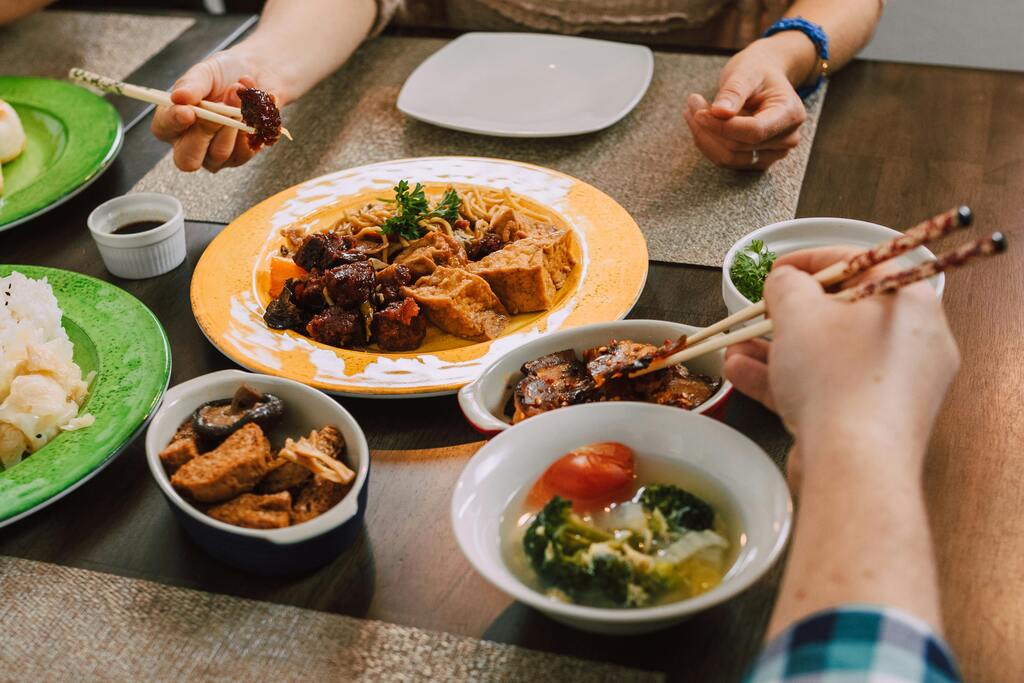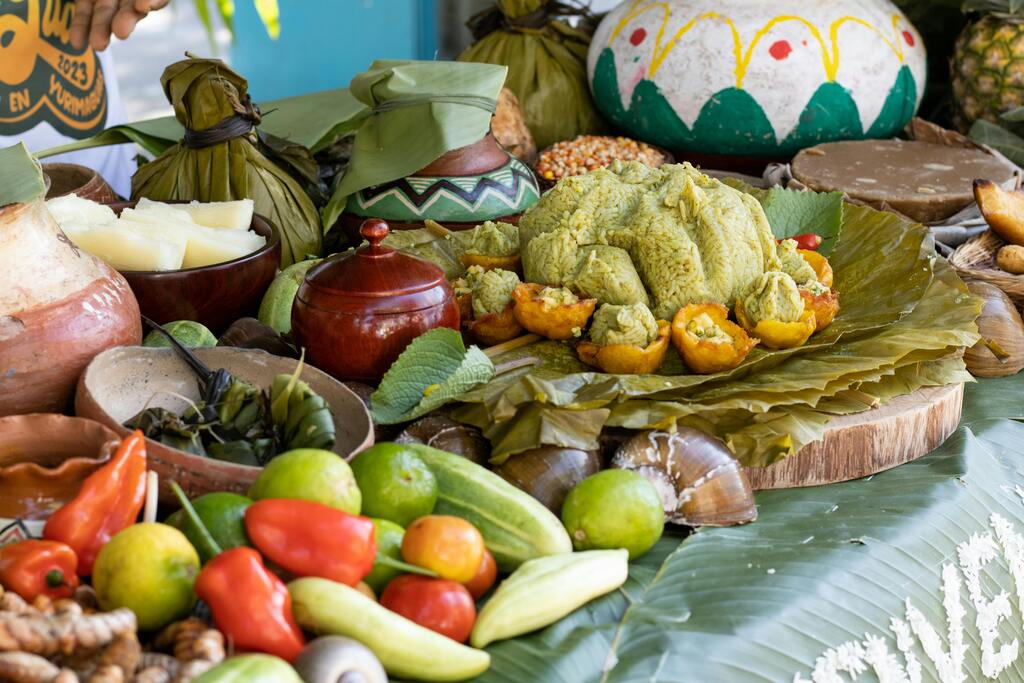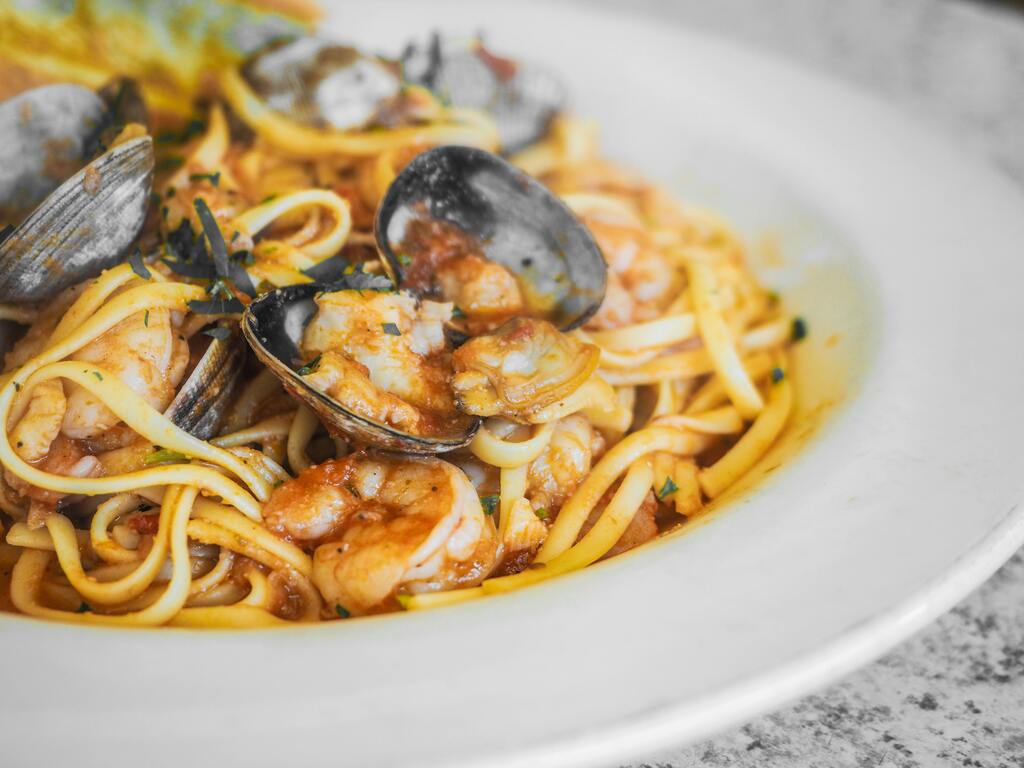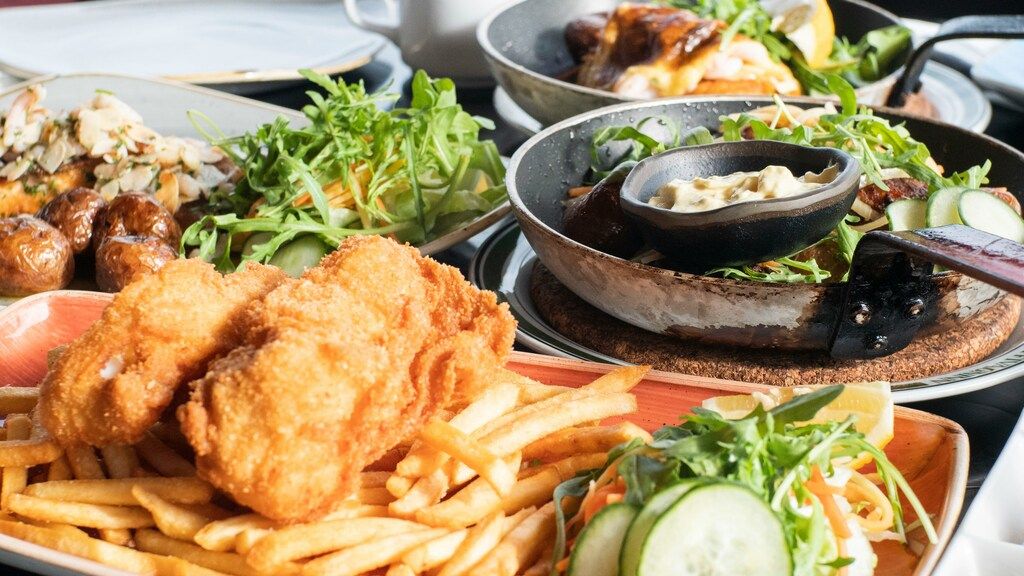

What comes to mind when you think of Icelandic food? Fermented shark? Sheep’s head? Ram’s testicles? Some dishes are definitely unusual. But Icelandic food culture is rooted in resilience, shaped by harsh landscapes and centuries of survival. This remote island’s rugged terrain gave birth to a cuisine based on local ingredients and time-tested preservation methods: fermentation, salting, smoking, air-drying.
As you eat your way through Iceland, you’ll uncover traditional dishes born from a deep bond with sea and land. From rich lobster soup and hearty meat stew to the infamous Hákarl. This guide covers what to try, where, and why it’s special.
The essence of Icelandic cuisine: a historical overview
The food culture of the Icelandic people has long been influenced by their unique natural surroundings. Located in a remote region of the North Atlantic, agriculture in Iceland was all but impossible due to the limited flat land and the long, dark winter months. The inhabitants of the island learned to adapt to the environment. They had to use what little the land and sea had to offer. The ocean naturally provided an abundance of fish, while the rugged terrain also provided grazing grounds for sheep and dairy cows. Even though vegetables were scarce, people of Iceland managed to make a feast out of meagre offerings.
Naturally, the people of Iceland had to devise methods to preserve their food, making it last through the harsh winters. Fermentation, drying, smoking and salting all made it possible to preserve food beyond the short growing seasons and keep it as a base for meals all year round. This ingenuity was not merely a way to feed themselves but also reflected a way of life. Rather than giving birth to simply a day’s sustenance, authentic Icelandic cuisine was shaped by these simple methods of food preservation.
This, combined with the mutual relationship the people had with the land and ocean, helped shape authentic Icelandic cuisine into what it is today. Since those early days, Iceland has come a long way. Modern Icelandic cuisine is an entirely different beast. Yet the ingenuity, resourcefulness and strong connection to the land and the ocean continue to shape Icelandic cuisine today.
Seafood delights: Fresh catches from the Arctic waters
Because of Iceland’s long-standing history as a fishing nation, many of Iceland’s most treasured dishes are seafood. Ranging from fresh to dried varieties, Iceland’s sea-to-table mindset makes way for some unique dishes that are hard to find elsewhere.
Plokkfiskur: The Comforting Fish Stew
Plokkfiskur is a traditional Icelandic fish stew. It is made from fresh cod or haddock, potatoes, onions, and a creamy white sauce. Often served for lunch or dinner, this dish is hearty, comforting and easy to prepare. Historically, Plokkfiskur was a way to use leftover fish and boiled potatoes. It is now regarded as one of the country’s national dishes and is a must-try Icelandic food for any traveller.
Harðfiskur: Dried Fish, A Protein-Packed Snack
Harðfiskur, or dried fish, is an iconic Icelandic snack. Made from cod, the fish is dried to form several tantalising fillets. The strips are often served with a dollop of butter. It is high in protein and can make a tasty snack to eat on the go. The taste of dried fish might be an acquired taste by tourists, but it is a good representation of how the people in Iceland use fish to survive.
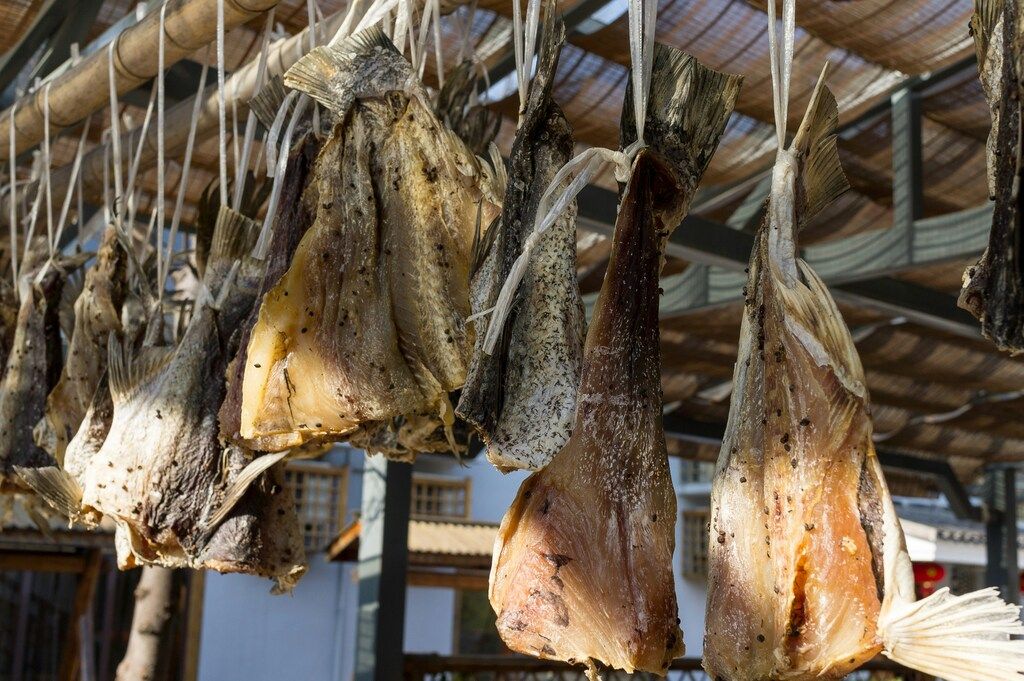
Saltfiskur: Salted Cod, A Timeless Tradition
Saltfiskur (salted cod) is one of the oldest preserved fish products served in the country. It is no longer as heavily consumed by the Icelandic population. However, salted cod maintains a historical role in the country’s culinary heritage.
Fresh Fish and Seafood Soups: A Taste of the Ocean
Fresh fish is one of the most served food items in Icelandic restaurants, where it often finds its way into seafood soups. These soups are thick, hearty, and bursting with the taste of the ocean, showcasing Iceland’s finest Icelandic seafood. Whether you order it from a quaint little dilapidated wharf café or the best restaurants in Reykjavik, Icelandic seafood soup will give you a real taste of the ocean.
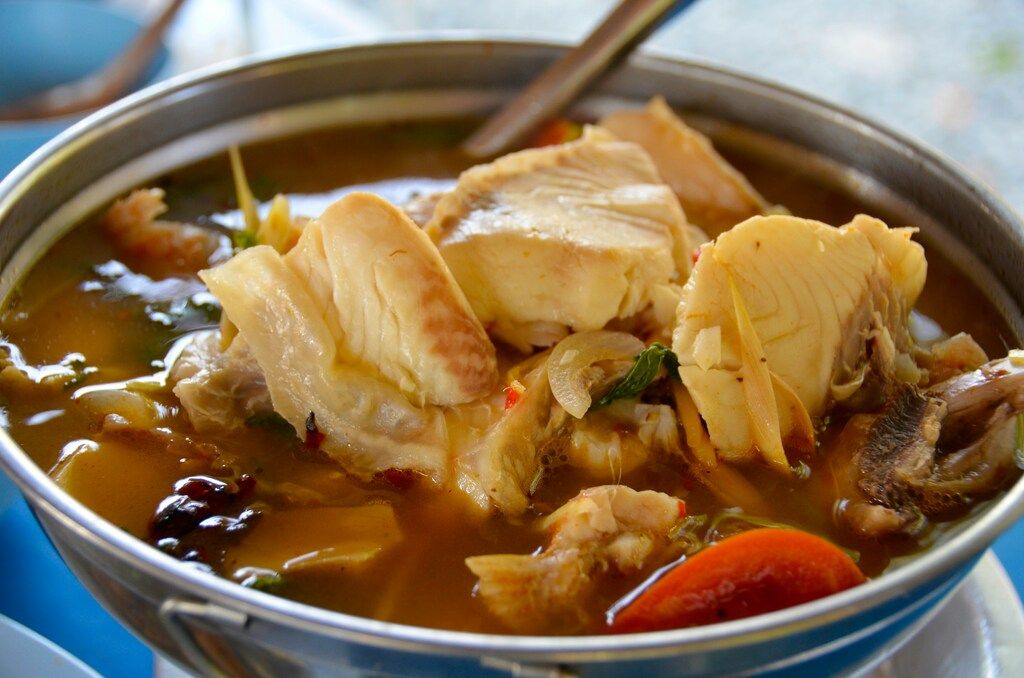
Meat and game: Hearty traditions from land and farm
Icelandic meat dishes form a cornerstone of the country’s cuisine. Meat, in the form of lamb, game, and preserved products, is essential to survival in such a harsh environment with limited growing seasons.
Kjötsúpa: The Hearty Icelandic Lamb Soup
Kjötsúpa is an Icelandic lamb soup considered one of the most traditional dishes and a national staple in Icelandic cuisine. The broth is made by simmering tender lamb meat with potatoes and other vegetables, like carrots and leeks. It is a hearty and warming meal, perfect for the colder weather. The ideal dish to settle in with after a long day of traipsing through Iceland’s beautiful landscapes.
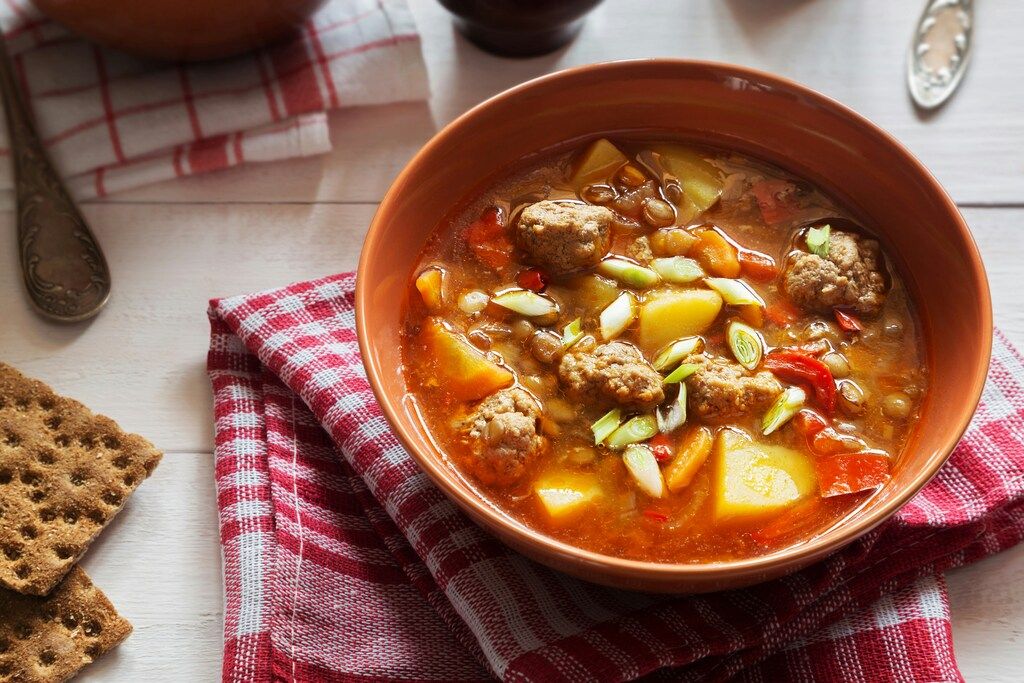
Hangikjöt: Smoked Lamb, A Festive Delicacy
Icelanders cure and smoke lamb to make Hangikjöt, giving it a rich, distinctive flavor. They often eat this dish around the holidays, especially Christmas. Hangikjöt is best served with potatoes and green peas or as part of an open-faced sandwich. The dish represents the pastoral culture and deep-seated tradition of farming in Iceland and has a uniquely smoky taste.
Pylsur: The Famous Icelandic Hot Dog
One of the most iconic Icelandic street food offerings is the Icelandic hot dog. Made of lamb, pork, or beef, it’s a beloved snack sold throughout Iceland. The hot dog is typically served in a sliced bun, topped with crispy fried onions, sweet mustard, ketchup and a special remoulade sauce. The best place to taste the Icelandic hot dog is at Bæjarins Beztu Pylsur in Reykjavik. This hot dog stand has been proudly serving locals and travellers for decades.

Unique and challenging flavors: For the adventurous palate
Are you an intrepid voyager who likes to try something different and eat as the locals do? Weel, in Iceland, you will find Icelandic food delicacies which have been part of the country’s history and culture for years. These dishes often challenge the palate but provide an unforgettable culinary experience.
Hákarl: Fermented Shark, The Ultimate Viking Challenge
Among Iceland’s most infamous traditional foods, hákarl is not for the faint of heart. It is made from Greenland shark. The meat is first buried in gravelly sand to ferment for several weeks, then hung to dry for several more. The result is a chewy, pungent delicacy with a strong ammonia smell and a sharp, tangy flavor. While many visitors find it challenging, locals typically recommend pairing it with a shot of Brennivín—the country’s signature schnapps—to help it go down.
Súrsaðir Hrútspungar: Pickled Ram Testicles
Another dish for the daring foodies looking to try more of Iceland’s authentic cuisine. Súrsaðir hrútspungar (pickled ram’s testicles) is a dish that few people still eat, but which nonetheless has a place in the country’s cultural heritage. The dish dates back to the Viking era when it was a means of preserving meat. And while it’s not something that most people are likely to try, for the curious, it’s available in some Icelandic markets and restaurants.
Kjötsúpa and Other Traditional Stews
Kjötsúpa, along with many other Icelandic stews, is a perfect reflection of the Icelandic way of making food—making the best use of the limited resources and making delicious food for when the days are long and cold. The stews are warm, comforting and hearty, often containing meats (usually lamb or beef), root vegetables, and herbs. They’re perfect for warming up on a cold Icelandic day.
Dairy and baked goods: Sweet and savoury staples
Iceland’s dairy products and baked goods are an essential part of the diet. People often enjoy these comforting treats for breakfast or as snacks throughout the day.
Skyr: Iceland’s Superfood Yoghurt
Skyr is Iceland’s response to yoghurt and is a national favourite. Vastly popular with locals, its smooth yet thick consistency and high protein content make it a common breakfast or snack. They usually consume it with fruit, honey, or granola, and you can find it in a variety of flavors. Skyr has been a staple of the Icelandic diet since the days of the Vikings, and it remains a core part of Icelandic culinary traditions.

Rúgbrauð: Geothermally Baked Rye Bread
Rúgbrauð is sweet, dense rye bread traditionally baked in a hot spring. Geothermal heat cooks the dense loaf, resulting in moist bread with a hint of sweetness. It’s a rich-tasting treat that goes perfectly with butter, smoked fish, or skyr, making it a comforting addition to any meal.
Kleina: The Icelandic Twisted Doughnut
For a sweeter treat, try Kleina: Iceland’s take on a twisted doughnut. They deep-fry these pastries, often coat them in sugar, and you can find them all over the country. In Iceland, people usually enjoy Kleina with coffee, a must for those experiencing Iceland’s legendary coffee tradition.
Laufabrauð: Leaf Bread, A Festive Tradition
What si it? A crispy, paper-thin fried bread, a traditional Christmas food in Iceland. Laufabrauð is composed of thin, patterned dough, fried until bright golden, and intricately cut into pieces for eating with butter or enjoyed with smoked fish or hákarl.
Icelandic beverages: From coffee to strong spirits
Iceland has a rich drinking culture for non-alcoholic as well as alcoholic beverages. A trip to the island nation wouldn’t be complete without sampling a few.
Coffee Culture: A Beloved Ritual
Coffee is right at the heart of Icelandic culture. Consequently, Icelanders drink more coffee per capita in one year than probably most of the other countries in the world, and warm drink spots and cosy cafes can be found all across the nation. Icelandic coffee is typically strong and rich, making it perfect for warming up after a day of exploring.

Brennivín: The “Black Death” Schnapps
Brennivín is Iceland’s signature spirit and is often referred to as ‘Black Death’ because of its pungent and distinctive taste. Produced from fermented grain or potatoes flavoured with caraway seeds, it is usually served with hákarl. This schnapps packs quite a punch and is a must for those looking to fully immerse themselves in Icelandic food and drink traditions.
Local Beers: A Growing Craft Scene
Icelandic craft beer has taken off in recent years, with a number of breweries producing a wide range of beers, from pale ales to stouts. Icelandic beer is popular with locals and travellers alike, and you’ll find that more local breweries and pubs are opening around the country dedicated to showcasing these local brews.

Insider tips for your Icelandic food journey
For a truly immersive culinary tour of Iceland, here are some helpful things to keep in mind to get the most out of your experience.
Explore local markets and bakeries
Instead of eating out for every meal, get up and go to the local market to shop for food. Visit the popular Kolaportið in Reykjavik for a fresh insight into all the unique local favourites of Icelandic cuisine. This vibrant little flea market is only open on weekends and offers a treasure trove of Icelandic snacks and goods that will offer you a glimpse of what food in the country is all about.
Look for “happy hour” deals
Restaurant prices in Iceland tend to be a little on the high side, so make sure to keep an eye out for happy hour deals to save a few bucks. During these hours, many of the bars and restaurants offer discounts on drinks and food; this way, you can try a lot of Icelandic drinks and food options without spending a ton.
Don’t skip breakfast!
Icelandic breakfasts are hearty and often include Skyr, bread, ham or pastrami, cheese and sometimes hafragrautur (oatmeal). It is sure to fuel you with the energy you need to start the day before you set off on your daily adventures.
Embrace the unexpected
Just like with its language and fashion, Iceland is going all in on the culinary map with some unique options. Be prepared to taste some Icelandic food that may be out of your comfort zone. Whether it is Iceland’s fermented shark or a traditional lamb dish, trying the unique Icelandic cuisine is essential to get the full experience.
Before you go on your culinary adventure, make sure you’re fully set for your trip to Iceland with the ultimate travel guides:
- Best time to visit Iceland
- The ultimate Iceland packing list
- Best things to see in Iceland: waterfalls, geysers, and wild nature

Beyond the landscapes: A taste of authentic Iceland
Icelandic cuisine is as enchanting as its landscapes, offering a gateway to the island’s history and heritage. From the hearty lamb stew to the audacious, daunting meal of the Icelandic fermented shark, every dish embodies the story of resilience and resourcefulness.
The essence of Icelandic food, shaped by a rugged expanse, reflects simple yet flavourful ingredients like lamb, fish, and dairy. Savouring these authentic flavours allows you to fully immerse yourself in the culture, from a bowl of kjötsúpa to a bite of hákarl. Icelandic cuisine is essential to any epic adventure across the island.Ready to taste Iceland for yourself on an unforgettable journey? Discover our organised group adventure in Iceland and let your taste buds explore!

